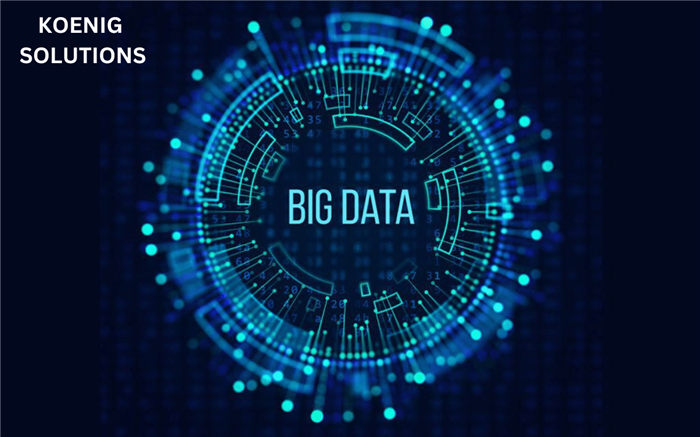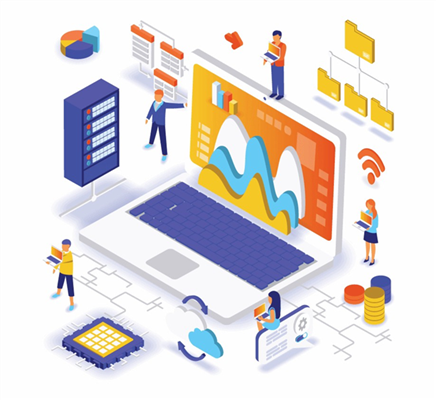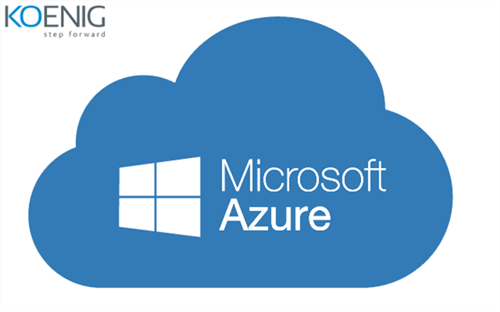
Big Data has transformed how businesses function. Across industries, big data has completely disrupted how organisations gather and analyse data with predictions showing the domain will continue to evolve. Big Data applications exist across every industry today and contribute significantly to the growth and automation of technology, products and services.
As the prospects and applications of Big Data increase across industries, businesses require specialised expertise in the domain. For this reason, they are increasingly hiring Big Data professionals to help them meet their organisational goals and stay ahead of the crowd.
With the rise in Big Data job roles, there is a growing gap between the number of available roles and the professionals qualified to fill them. If you are trying to land a high-paying Big Data job role, make sure you are prepared for the interview beforehand. Some of the most frequently asked Big Data interview questions are given below. They will give you an advantage over the other applicants lining up for the same role.
Big Data Interview Questions and Answers:
Q1. What is Big Data? Where does it come from and how does it work?
Big Data is an extensive and complicated collection of data sets that are too large to be processed by conventional data analytics and processing tools. Big Data combines structured and unstructured data sets like videos, audio, pictures, websites and media content. Businesses collect necessary data in many ways like
-
Cookies on websites
-
Smartphones
-
Email tracking
-
Smartwatches and wearables
-
Transaction history
-
Website engagement
-
Social media posts and engagement
-
Third-party companies that gather and sell data to clients
When you work with Big Data, you need three steps or activities:
-
Integration: This requires you to merge data from various sources and mould it into a usable form to be analysed for insights.
-
Management: Big Data should always be stored such that it can be easily collected and accessed. The larger component of Big Data is unstructured data and not suitable for a conventional relational database that requires data to be in a table-and-row format.
-
Analysis: The investment-return spectrum of Big Data carries several actionable and profitable insights. This includes intricate details on customer choices and buying patterns, represented after examining large volumes of data using AI and ML-driven tools.
Related: What is Big Data Analytics and Why Is It Important?
Q2. What are the types of Big Data that we generally use?
Big Data can be categorised into three groups:
-
Structured data: Structured data can be gathered, processed, accessed and stored in a predetermined format. It is strictly organised data that includes social security numbers, phone numbers, citizen data, salaries, postal codes and more.
-
Unstructured data: This encompasses all types of data without any specific form or structure. Unstructured data is most commonly found in formats such as video, audio, social media posts, satellite data and digital surveillance data.
-
Semi-structured data: This includes both unstructured and structured data formats, comprising information that is unspecified but still critical.
Q3. What are some of the most useful Big Data analytics tools?
-
NodeXL
-
Solver
-
Tableau
-
KNIME
-
Rattle GUI
-
OpenRefine
-
Qlikview
Q4. What are the 5 V’s of Big Data?
The 5 V’s of Big Data are Volume, Velocity, Variety, Veracity and Value.
-
Volume: A significant amount of data gets stored in multiple data warehouses. The data can reach unspecified heights after some time, which means this data must regularly be processed and examined.
-
Velocity: Velocity refers to the pace at which real-time data gets produced across multiple data sources. One way to understand this would be to imagine how many posts or videos are generated per second or hour on Facebook and Instagram.
-
Variety: Big Data is made up of unstructured, structured and semi-structured data that is gathered from various sources. This volume of data requires very specific and different techniques for analysis and processing with the right algorithms.
-
Veracity: Data veracity refers to the reliability of data. In other words, it refers to the quality of data after analysis.
-
Value: Raw data has no meaning or purpose, but it can provide meaningful insights once examined or analysed.
Q5. Why have so many businesses started using Big Data for a competitive advantage?
Data is no longer just a concern for the IT industry. Regardless of the type, industry or scale of a business, data has become a fundamental driver for business growth and success. Companies have started consistently using Big Data to gain a competitive edge over the other players in their segment. Any Big Data professional needs to know what the organisation is looking to achieve from the application and how it plans to leverage the data.
-
Confident decision-making: Big Data analytics strives to develop better decision-making. Using Big Data helps companies ramp up processes that drive decision-making, ensuring that large volumes of data can be processed without compromising on their final choice. With trends changing rapidly, processing all available data sets as accurately as possible is critical for success.
-
Asset optimisation: Big Data indicates that a business controls assets at a personal level. As a result, they can optimise all these assets adequately based on the source of the data, improve their productivity, extend the help lifespan and reduce the downtime that most assets might need. This can give a company an advantage through the assurance that they are optimising all their data and links, which is, in turn, reducing their costs.
-
Cost reduction: Big Data helps businesses reduce what they put out. This could include energy usage analysis and effective assessment of staff operating patterns. Data gathered by organisations allows them to recognise areas where they can save costs without negatively impacting business operations.
-
Improved customer engagement: While shopping online, consumers make confident decisions that reflect their habits, tendencies and decisions. These patterns and behaviours can be analysed and interpreted to create engagement suited to every type of customer. This could help achieve higher revenue and customer loyalty. This helps create a personalised experience that most customers have come to expect today.
-
Identifies new streams of revenue: Analytics also help organisations identify new streams of revenue and enter new markets and demographics. For instance, identifying customer trends allows organisations to decide how they should move forward. The data collected by organisations also makes for an invaluable asset that they can sell to other organisations, add to their revenue streams and potentially partner with other businesses and vendors.
Related: Big Data and Cloud computing: An Ideal Combination
Q6. Is Hadoop related to Big Data?
Hadoop is an open-source software solution, while Big Data is a business asset. Hadoop is generally used for processing, storing and analysing complex sets of unstructured data using specific algorithms that can derive actionable insights. In other words, Hadoop and Big Data are quite different from each other but are still related.
Q7. Why is Hadoop used in Big Data analytics?
Hadoop is an open-source Java framework that can process large volumes of data on a commodity hardware cluster. It also enables several tasks to run that perform exploratory data analysis on complete data sets. Hadoop is a Big Data essential for its following features:
-
Data collection
-
Processing
-
Storage
-
Independent performance
Q8. What are the core components of Hadoop?
As an open-source framework, Hadoop helps businesses to process and store Big Data. Its core components are as follows:
Hadoop Distributed File System or HDFS - This is Hadoop’s key storage system. All extensive data sets are stored using HDFS. It is essentially used to store large datasets in commodity hardware.
Hadoop MapReduce - MapReduce is the Hadoop layer responsible for data processing. It generates a data processing request for structured and unstructured data that is already stored within HDFS. MapReduce is liable for processing large volumes of data parallelly through data distribution into detached tasks.
Data processing is made up of two steps - mapping and reducing. In simple words, Map is the stage where data blocks can be read and made available to every executor for processing. Meanwhile, Reduce is the stage where the data that gets processed is collated and collected.
YARN - YARN is the framework within Hadoop used to process data within Hadoop. Batch processing and data science for resource management are performed by YARN. It also helps provide several data processing engines, such as real-time streaming.
Q9. How is HDFS different from traditional NFS?
Network File System or NFS refers to a protocol designed to enable users to access specific files across a network. An NFS client can allow file access as though the files are located on a local device while they are still on a networked device disk.
Hadoop Distributed File System or HDFS is a distributed file system shared between several nodes or networked systems. HDFS can be known as a fault-tolerant system as it saves several copies of the same file on a system, the normal replication level being 3.
The most notable difference between NFS and HDFS is Replication or Fault Tolerance. HDFS is known to withstand failure, while NFS has no in-built fault tolerance. HDFS also has several other benefits over NFS. By creating multiple file replicas, HDFS reduces several bottlenecks that traditionally occur when multiple clients try to access the same file.
Q10. What is FSCK?
File System Check or FSCK is a command that HDFS uses. FSCK is used to check whether any files are corrupted, replicated or have any blocks missing. It then creates a summarised report that lists the status and overall condition of the file system.
There is no guarantee that you will face these questions in the interview. But they will show you the type of questions you can expect and how you should frame your answers. To take your preparation to the next level, you can also enrol in a Big Data training course to get a holistic understanding.





.pngM.jpg)
(1).pngM.jpg)
COMMENT